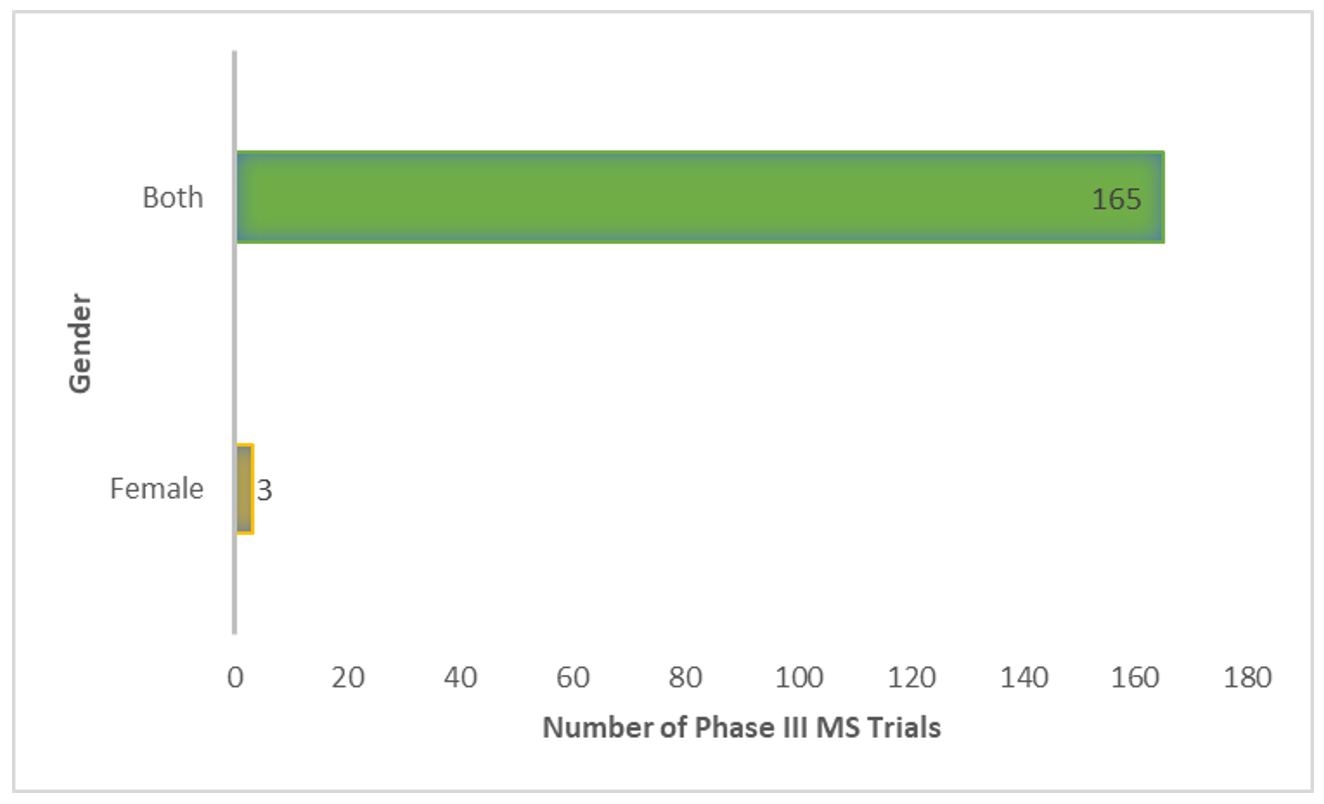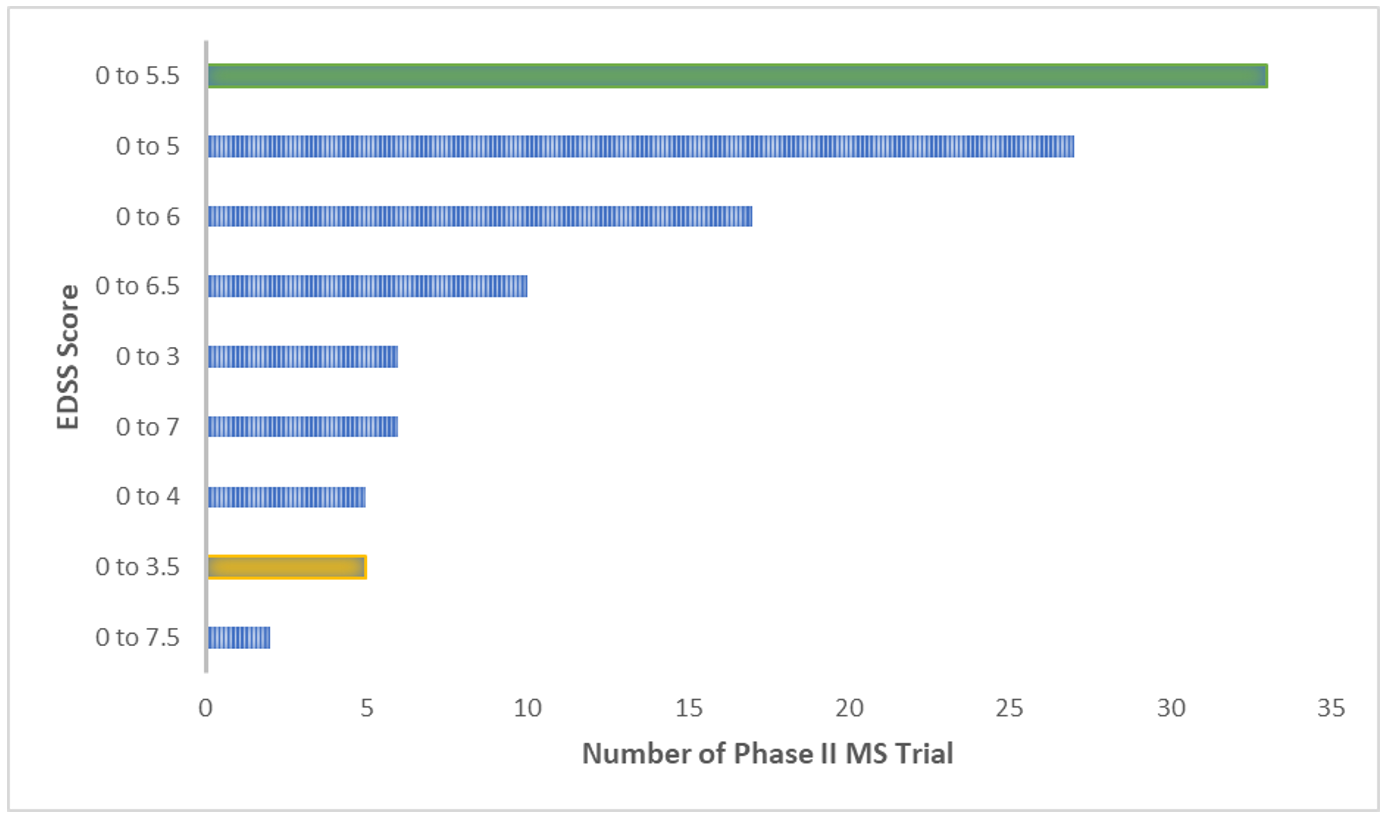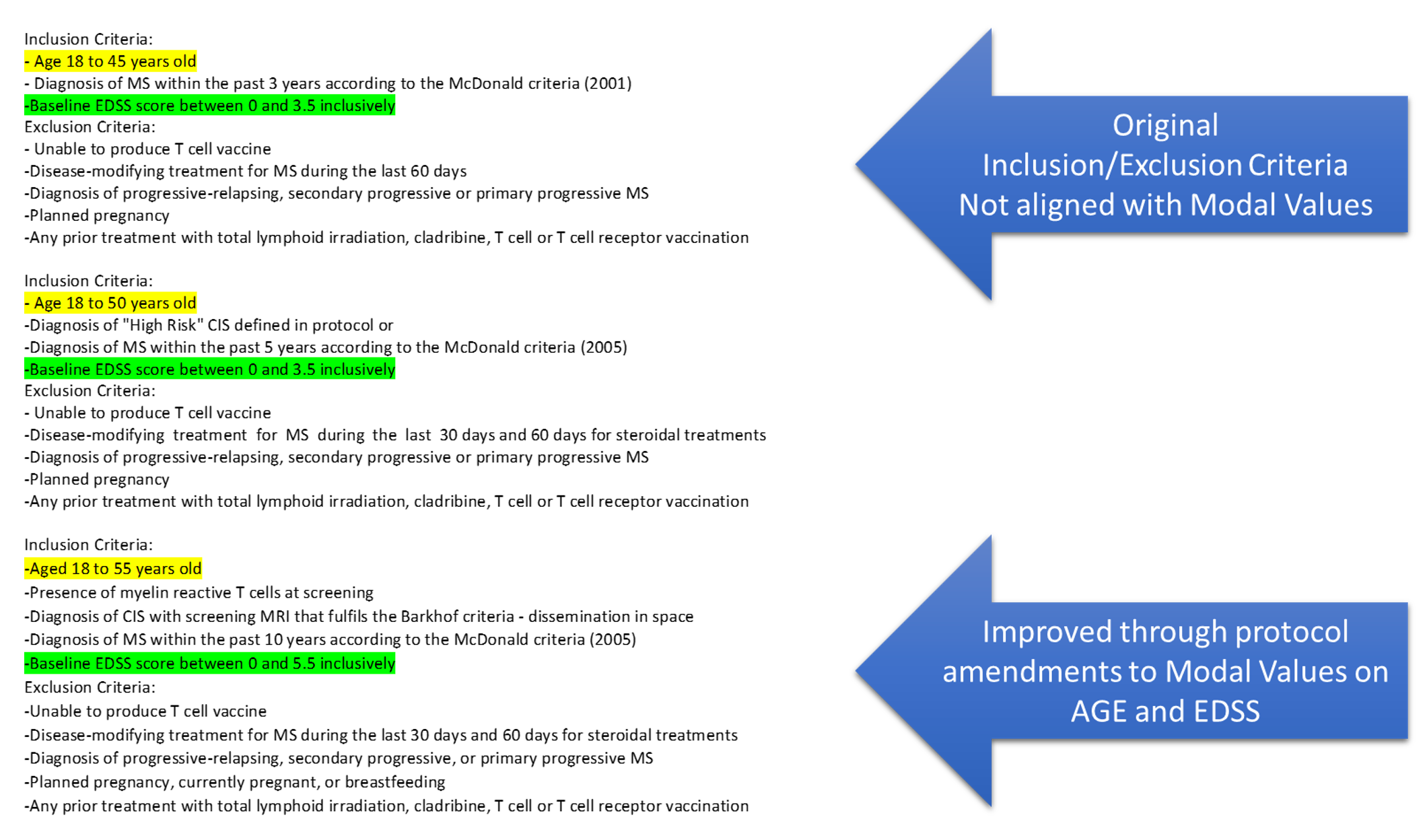Modal Value Guided Clinical Trial Design Effectively Reduces Protocol Amendments
Analysis of 330,000 clinical trials calls for improved protocol design process.

Rigorously designed and implemented clinical trials are at the core of delivering innovative medicines to patients, and they have been especially important when developing COVID-19 vaccines and treatments. While our understanding of medicines has progressed enormously in the past 100 years, based on the lessons we have learned from clinical trials that have been conducted, the way we design and implement clinical trials remains quite primitive.
Our analysis of 330,000 clinical trials, the majority planned and implemented in the past 15 years, make it clear that there is no such thing as a perfectly designed protocol. This clinical trial database has been built through a combination of artificial intelligence and human intelligence with data dynamically extracted and tabulated from over 80,000 sources. One third of all trials can benefit from minor edits, while another third require significant improvement, as evidenced by numerous implemented amendments. For the remaining third, they often struggle from the get-go, are prone to enrollment challenges, require many amendments, and can often be on the brink of failure. As a matter of fact, most of the final third of trials do fail.
The issue
Unfortunately, various flaws in a clinical trial design are not immediately obvious at the planning stage and when writing the protocol. Even at the stage when we need to amend a protocol, the problem in a trial design is still heavily disguised as an operational challenge, such as enrollment challenge caused by poor investigator site selection.
Many corrections to the original protocol design are not complicated. Common protocol amendments are associated with inclusion and exclusion criteria, such as age, gender, disease stages and severity. Other amendments can be more complicated and can negatively impact the operational deliverability of the study, such as selection of primary end points.
As an example, Phesi has analyzed a particular multiple sclerosis trial (NCT00355134)1 that was originally designed to include only female patients. This may appear logical as multiple sclerosis is a disease more prominent in women. However, when analyzing 29,070 patients from 91 multiple sclerosis clinical trial arms from our synthetic patient profile database, there were 66.65% women and 33.35% men, a 2:1 ratio. When the clinical trial faced operational issues, with classic linear thinking, the trial design team added 25% more investigator sites, hoping to compensate for the smaller patient population, but still achieve a similar enrollment cycle time as a multiple sclerosis trial including both genders. Even though the protocol was further amended to include both male and female patients, the enrollment cycle time was significantly longer, and the resultant patient population deviated from the general patient population of the 3:1 ratio (844 women among 1083 randomized patients (78%)), which potentially jeopardizes any medical conclusion from the trial.
When analyzing recent Phase III multiple sclerosis trials from a statistical point of view, the most dominant value in gender inclusion for this type of trial is to include both men and women. This is the modal design value—a statistical concept, which simply means ‘the most frequently used’ value in other similar clinical trials.2 In this example, shown below, just three trials out of 168 were designed to only include female patients, and of those, two ended up including both genders through protocol amendments.

The solution
Preemptive and extensive protocol design analysis conclusively shows that a clinical trial design should start from industry modal values. Let us use another multiple sclerosis clinical trial to demonstrate the power of applying modal value-based design analysis in clinical protocol design. NCT00245622 was a Phase II trial designed to evaluate Autologous T Cell Vaccine (TCV) for multiple sclerosis—undoubtedly an innovative approach in this condition’s therapy. It is not uncommon to test various innovative ideas in designing a protocol with an exciting and innovative clinical development candidate. In its original design, amongst others NCT002456223 included the following key inclusion criteria:
- Patients aged 18 to 45 years old.
- Diagnosis of MS within the past three years according to the McDonald criteria (2001).
- Baseline Expanded Disability Status Scale (EDSS) score between 0 and 3.5 inclusively.
In analyzing 233 Phase II MS clinical trials, Phesi detects that these trial design components significantly differ from the industry modal values.
For patient age, shown below, the modal value is 18 to 55 years old. NCT00245622 was the only analyzed trial to include patients aged 18 to 45 years.

For Expanded Disability Status Scale (EDSS), shown below, the modal value is between 0 and 5.5. An EDSS score of 0 to 3.5 in trial NCT00245622 is a notable deviation from the modal value of 0 to 5.5.

Instead of using modal values to guide protocol design, and to identify and mitigate the risk at the planning and design stage, this clinical trial team learned the lesson the hard way. After a series of protocol amendments over a 12-month period, shown below, the trial design finally came back to modal values. However, this was only after losing time and enrollment momentum, incurring significant financial costs to the study team and their stakeholders.2

Conclusion
A planned clinical trial doesn’t have to be restricted to use industry modal values. But this integrated clinical data science approach gives the study team the opportunity to challenge why a particular value outside of modal value has been adopted. If the team is proactively aware that they are designing outside of the modal values, they can objectively and often quantitatively assess the operational risks and other associated risks with the approach. This predictive analytical approach has tremendous benefits but clearly requires a significant data pool to increase confidence. It also requires an applied combination of artificial intelligence, machine learning, natural language processing, and integrated algorithms, to extract meaning from data sets.
While we use patient eligibility as an example here, a meaningful modal value guided protocol design requires a comprehensive analysis of all protocol design elements in a structured way. This includes primary and secondary outcome measure(s), treatment duration, comparators, and so on.
Modal value guided trial design cannot be conducted in a vacuum. An optimized trial design would have the best chance of coming from an integrated approach by examining the target patient population characteristics and other variables. It will certainly benefit from understanding how different design modifications can impact the operational implementation feasibility through a detailed Gross Site Enrolment Rate (GSER) analysis.
Gen Li is the Founder and President, Dan Manak is the Executive Director, Jonathan Peachey is the COO; all of Phesi, Inc.
References
- Peter A Calabresi, et al., Safety and efficacy of fingolimod in patients with relapsing-remitting multiple sclerosis (FREEDOMS II): a double-blind, randomized, placebo-controlled, Phase III trial Lancet Neurol. 2014 Jun;13(6):545-56.
- Gen Li, METHOD AND SYSTEM FOR DEVELOPING CLINICAL TRIAL PROTOCOLS, International Patent Publication No. WO2020033754, published February 13, 2020.
- Edward Fox, et al. A randomized clinical trial of autologous T-cell therapy in multiple sclerosis: subset analysis and implications for trial design. Mult Scler. 2012 Jun;18(6):843-52.
